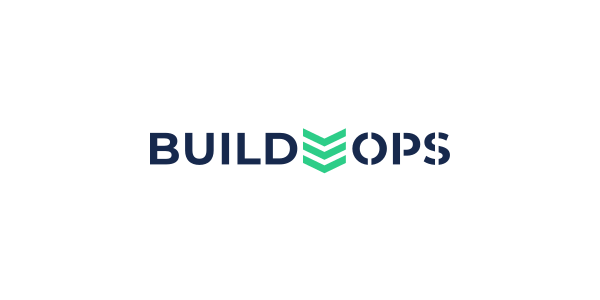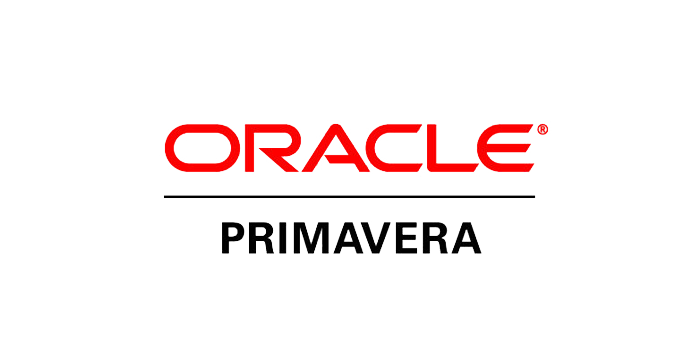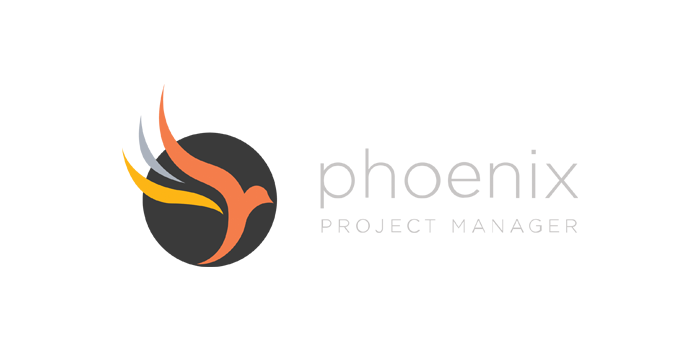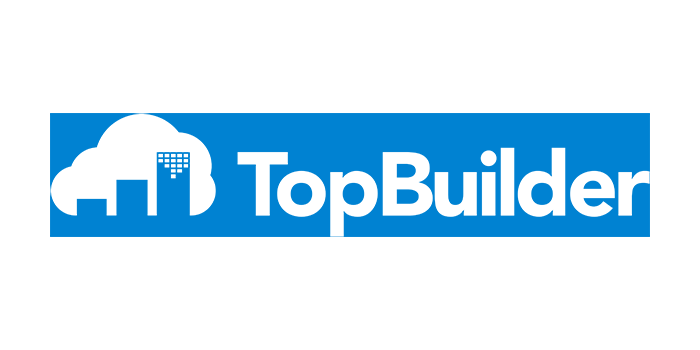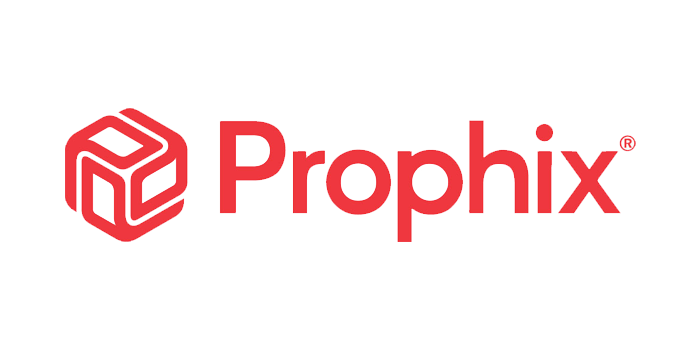Original Article on Forbes.com. Article written by Bob Evans, senior vice president and chief communications officer for Oracle.
Throughout 2014, the CIO profession was subjected to a baffling series of apocalyptic forecasts and dire predictions that have proven to be laughably wrong.
Where did all these distortions and misperceptions about the stewards of IT strategy and execution come from?
Well, times of extreme change and disruption in the business world—and 2014 surely qualified in spades for that designation—always breed lots of theories about what caused all that upheaval and where it will lead.
And since the CIO profession and its attendant IT organization have always been among the most misunderstood siblings in the corporate family, it’s not surprising that their decline, downfall, decimation, and demise were so grandly forecast and greatly exaggerated. Here are a few of my favorite crackpot theories:
- The CMO would kill the CIO: The CIO and the CMO, we were told, were locked in a Texas Cage death match from which only one would emerge alive. Because CMOs have begun to embrace marketing automation technology, this theory went, the CMO would inevitably be in mortal opposition to the CIO.
- Mobile technology would kill the CIO: The CIO and the entire IT organization would become wards of the CFO as superb mobile technology rendered many/most traditional enterprise systems obsolete. According to this yarn, only core financial apps would require the rigor of traditional enterprise systems, so the CIO would be tucked deeply under the CFO and become little more than a mechanic wearing a green eyeshade.
- Cloud computing would kill the CIO: In this daydream, the CIO and the entire IT organization would join the woolly mammoth for a nice long dip in the tar pit, as the rise of cloud computing would eliminate any need for businesses to retain deep business-technology vision and strategy.
- Big data and its data scientist masters would kill the CIO: The rise of the omniscient data scientist would lead to a Borg-like collective mentality that would know everything about everything, making IT irrelevant.
But a funny thing happened on those roads to CIO extinction, and here in 2015 we find that the best CIOs are not only alive and well and far from endangered, but are indeed creating more business value than ever before by collaborating eagerly and openly with those supposed forces of opposition. World-class CIOs and IT organizations have never—ever—worked in isolation, and in today’s dizzying high-change business environment, the collaborative approach is paying huge dividends.
In 2015 and beyond, as the full impact of digital disruption takes hold across all industries, the winning organizations will be those in which the CIO engages relentlessly with the CMO, the CFO, the chief revenue officer, the CHRO, the heads of product development and manufacturing, the data scientist, the heads of service and support, and every other line of business leader to help conceive and create the digital enterprise.
Because without that type of collaboration, without that infusion of strategic business-technology capability into every facet of the organization, businesses will simply be unable to keep pace with the rapidly shifting and escalating wants and needs of customers, whether consumers or businesses.
In that context, I’d like to offer my “Top 10 Strategic CIO Issues for 2015.” And I’d like to begin by sharing my Top 10 lists from the two previous years to offer a sense of continuity and perspective that, in combination with the 2015 list, reveal a profession and a corporate asset that are more relevant, more valuable, and more strategic than ever before.
So first, the 2013 list with a link to the full column about those trends; then the 2014 list and a link to its companion article; and then the 2015 list with discussion of each of the 10 issues.
The Top 10 Strategic Issues for 2013
- Simplify IT and Transform Your Spending: Kick the 80/20 Budget Habit.
- Lead the Social Revolution: Drive the Social-Enabled Enterprise.
- Unleash Your Company’s Intelligence: Create the Enterprisewide Opportunity Chain.
- Embrace the Engagement Economy: Merge the Back Office and the Front Office into the Customer Office.
- Future-Proof Your IT Architecture.
- Upgrade “Cloud Strategy” to “Business Transformation Enabled by the Cloud.”
- Transform Big Data into Big Insights, Big Vision, and Big Opportunities.
- Preside over a Shotgun Wedding: Systems of Record Marry Systems of Engagement.
- Lead with Speed: CIO as Chief Acceleration Officer.
- Bend the Value Curve: More Innovation, Less Integration.
Next, The Top 10 Strategic CIO Issues for 2014
- Drive Customer-Centric Innovation Throughout Your Organization.
- Why the Internet of Things Will Turn Your Business Upside Down.
- Shatter the Legacy Model of IT Budgeting and Expectations.
- Dazzle Your Customers—Make Them Love Your Company!
- Who’s on First? It’s a Mobile-First, Cloud-First, Social-First World.
- Blending Art and Science: Why Product Development and IT Must Collaborate.
- Don’t Fight Tomorrow’s Wars with Yesterday’s Technologies.
- Embrace Your Ultimate Metrics: Customer Loyalty Moves to the Front.
- Tie IT Compensation to Knowledge-Worker Productivity.
- Design and Deliver the Transparent Enterprise.
Clearly, all of those initiatives from 2013 and 2014 need to continue into 2015 and beyond, but for this year’s top CIO imperatives, I’ve broken the list into four categories that reflect the multifaceted capabilities the modern and business-driven CIO must have, and the wide-ranging responsibilities such executives deserve to have.
As you’ll see below, those four subsets are Business Transformer, Customer Expert/Advocate, Business-Technology Visionary, and Culture Warrior. Here’s the 2015 Top 10 list, followed by an overview of each item.
The Top 10 Strategic CIO Issues for 2015
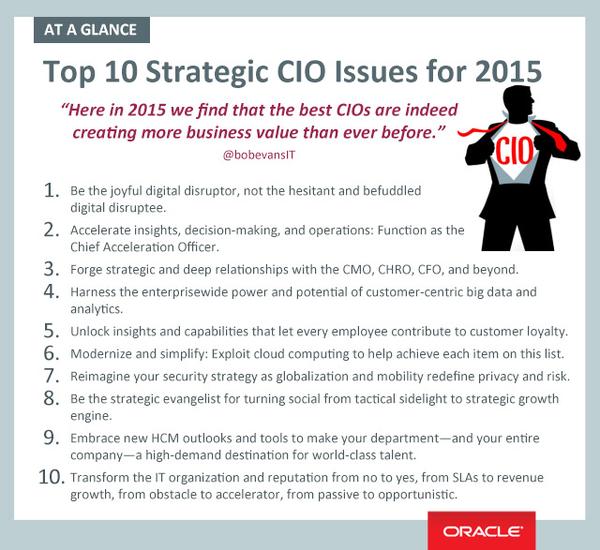 The Business Transformer
The Business Transformer
1) Be the joyful digital disruptor, not the hesitant and befuddled digital disruptee.
2) Accelerate insights, decision-making, and operations: function as the Chief Acceleration Officer. Yes, this is the same as #9 on the 2013 list, but it not only bears repeating, but deserves a promotion up the list.
3) Forge strategic and deep relationships with the CMO, CHRO, CFO, and beyond.
The Customer Expert and Advocate
4) Harness the enterprisewide power and potential of customer-centric big data and analytics.
5) Unlock insights and capabilities that let every employee contribute to customer loyalty.
The Technology Visionary
6) Modernize and simplify: Exploit cloud computing to help achieve each item on this list.
7) Reimagine your security strategy as globalization and mobility redefine privacy and risk.
The Culture Warrior
8) Be the strategic evangelist for turning social from tactical sidelight to strategic growth engine.
9) Embrace new HCM outlooks and tools to make your department—and your entire company—a high-demand destination for world-class talent.
10) Transform the IT organization and reputation from no to yes, from SLAs to revenue growth, from obstacle to accelerator, from passive to opportunistic.
Here are a few thoughts on each item from the 2015 list:
1) The Digital Disruptor. Every industry is going through profound upheavals as digital technology rapidly and radically transforms how capital is raised, how new products are created, how customer-driven services are fused with those products, how sellers engage with customers, and how social media accelerates and amplifies all of those changes. Drugstores become health-care and wellness facilities, music consumers become playlist producers, heavy industrial equipment takes on end-to-end intelligence, poured concrete emits digital diagnostics, and patients begin to have engagements with their medication. Who’s better positioned than the CIO to drive these disruptions?
2) The Chief Acceleration Officer. If it’s true that speed kills, then it’s surely better to be the perpetrator than the splattered roadkill. The pace of life here in the twenty-first century continues to intensify at home and at work, and that pace is surely not going to diminish as young digital natives move into the workforce and expand their purchasing power. Businesses and other large organizations must come up with good ideas more rapidly than ever before, make better decisions in hours rather than weeks, find and hire world-class talent more quickly, spot emerging trends and opportunities before competitors do, and move as fast as their customers move. CIOs are in an ideal position to make speed a virtue across the enterprise.
3) The BFF of the CMO, CFO, CHRO. Mortal-combat silliness aside, the digitized enterprise will require automated processes across HR from recruitment to retirement; across finance from fundamental accounting to budgeting and planning; and across the entire spectrum of marketing automation. The business-centric CIO of 2015 will not just “support” these relationships but will initiate them, enrich them, and extend them.
4) The Champion of Big Data and Analytics. This vital opportunity ties together items 1, 2, and 3 above as big data becomes a precious raw material for creating the new goods and services—not to mention enriched modes of engagements with customers—that will distinguish the innovative disruptors from the overmatched disruptees.
5) The Customer-Loyalty Enabler. For decades, IT has been a bulwark of the back office, dedicated to the cliche of “keeping the lights on” and reconciling accounts for what has already taken place. But business today is increasingly driven and predicated upon rapidly shifting demands from customers who are no longer content just to buy what you’ve made. Rather, those customers want and expect to be able to buy exactly what they want, through whatever channel they choose, and with a level of customization and precision unlike anything we’ve seen before. All of this—every step, every process, every decision point—is consumed in the digital world, which top CIOs understand as well or better than anyone else in the company.
6) The Cloud Change Agent. Think about how rapidly this cloud model has evolved: a handful of years ago, mostly the province of test and development, and later some trials in “non-essential” areas like HR or marketing. And the hope was that this new approach could lower the cost of IT. Today, we’re seeing companies move major portions of finance over to ERP clouds, which is about as mission-critical as you can get. They’re unleashing powerful new recruiting and talent-management capabilities through HCM clouds. And marketing clouds have become indispensable sources of revenue generation and customer engagement in both B2B and B2C environments. The strategic CIO in 2015 will leverage the growing sophistication of cloud solutions to not only re-engineer the economics of IT by liberating more funds for innovation, but also to accelerate and enhance core business processes through powerful mobile-first software as a service applications.
7) The Security/Privacy Strategist. This challenge was meaty enough even before the arrival of the all-digital enterprise, so the stakes are incredibly high as mobile usage proliferates, the volume and variety of digital services explode , and people simply expect—and demand—access to every type of information around the clock and in any form they choose. And as we’ve all seen with recent high-profile breaches, consumers are finding that the line between security and privacy is indistinguishable. CIOs need to be frontline enablers of powerful new digital capabilities while also somehow finding a way to ensure that security continues getting better and better.
8) The Social Champion. What are the best tools to quantify the impact of your company’s social programs? How do you correlate those programs to sales? How does your service team mine social insights to master preventive maintenance? How does product development exploit social to co-create next-generation products with customers? World-class CIOs will move to the forefront on all of these strategic social decisions in 2015.
9) The Talent Hunter. A couple of thoughts on this one: Does your CEO feel that the IT organization and the apps it provides to HR are helping your company win the talent wars? Or would your CEO say your HR systems are mediocre and have become a distinct competitive disadvantage? Second, within the IT organization itself, are you bringing in new talent to meet the new types of issues described above for big data, analytics, digital disruption, product design, customer engagement, and more? Or are you sitting back and saying that those areas are outside the range of influence of the IT team?
10) The Positive Partner. For too long, CIOs and their IT organizations have earned the unflattering reputation of being Doctor No. In a different time and place, that attitude, while not terribly helpful, could be brushed aside and attributed to the fog of IT-speak. But today, as referenced through items 1 through 9 above, CIOs and their organizations have to be joyful and enthusiastic enablers and co-creators, assertive partners in creating new strategies while executing flawlessly on the old, finders and shapers of world-class talent, and fully responsible stewards of innovation, revenue growth, and customer loyalty.
Faced with that job description, you could fall back on the old saw, “Well, it’s a tough job but somebody’s gotta do it.” Or you could leapfrog into 2015 and say, “It’s a fantastic job, and I’d love to have it.” Best of luck in 2015, and share your feedback on this list on Twitter via @bobevansIT.





